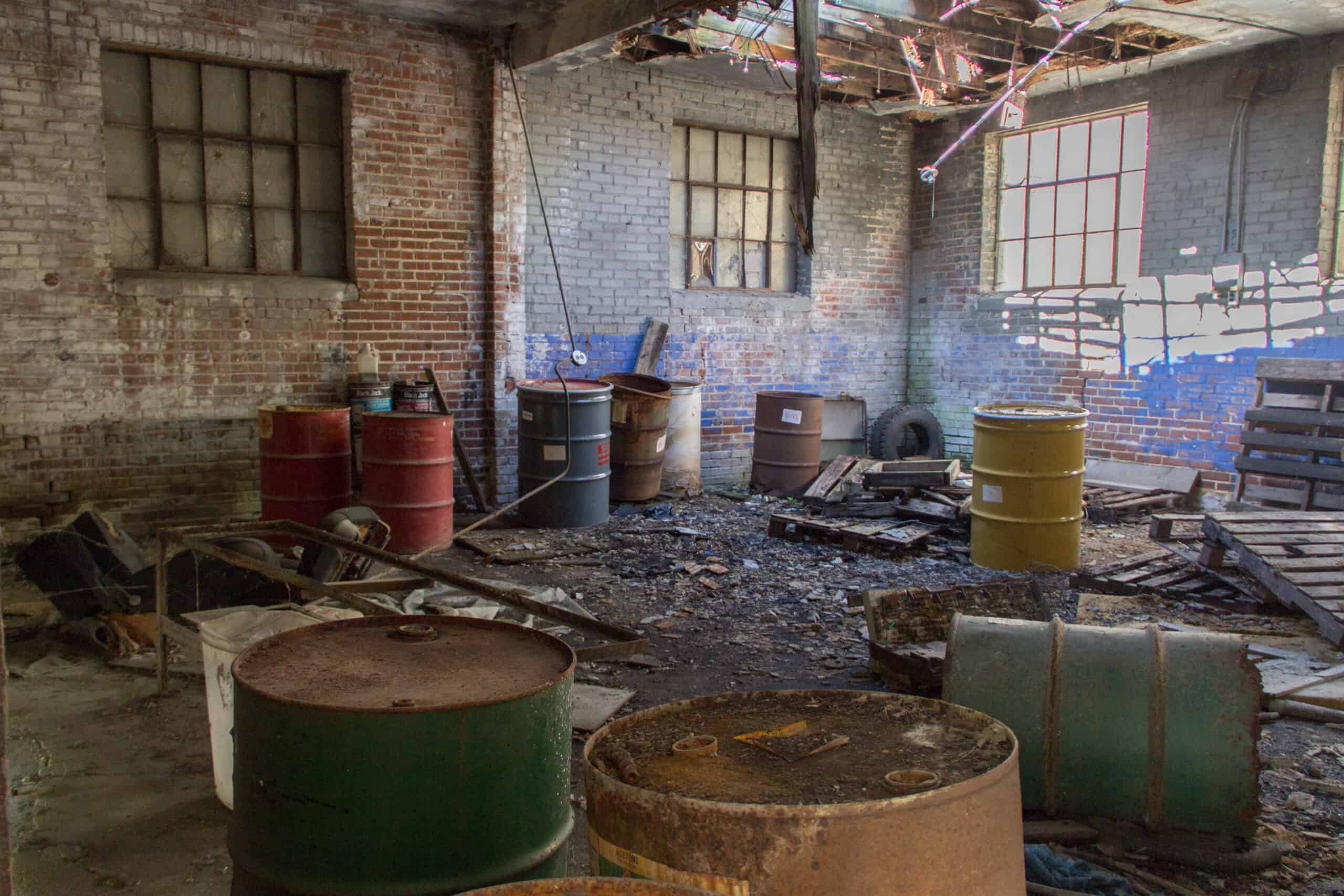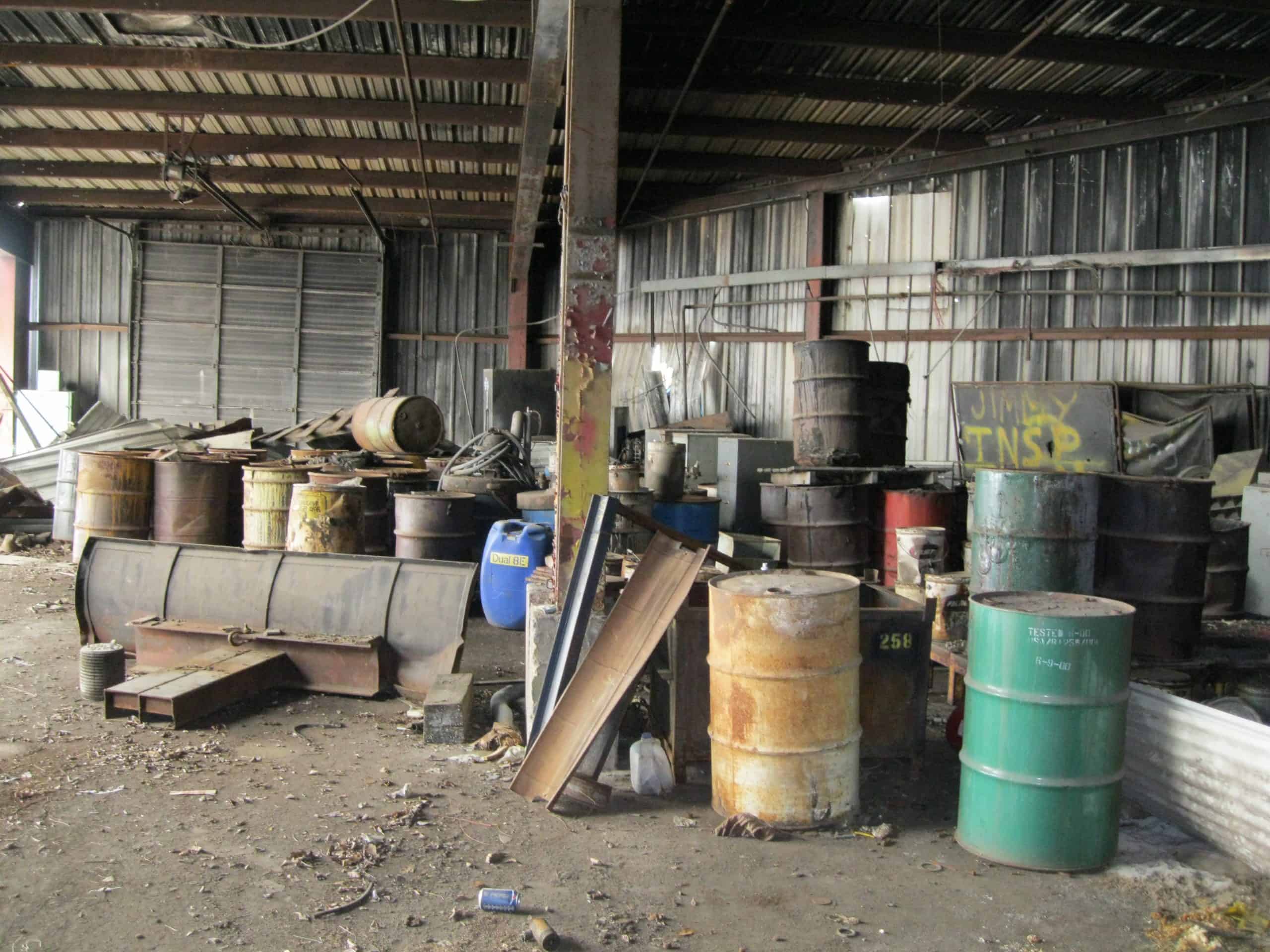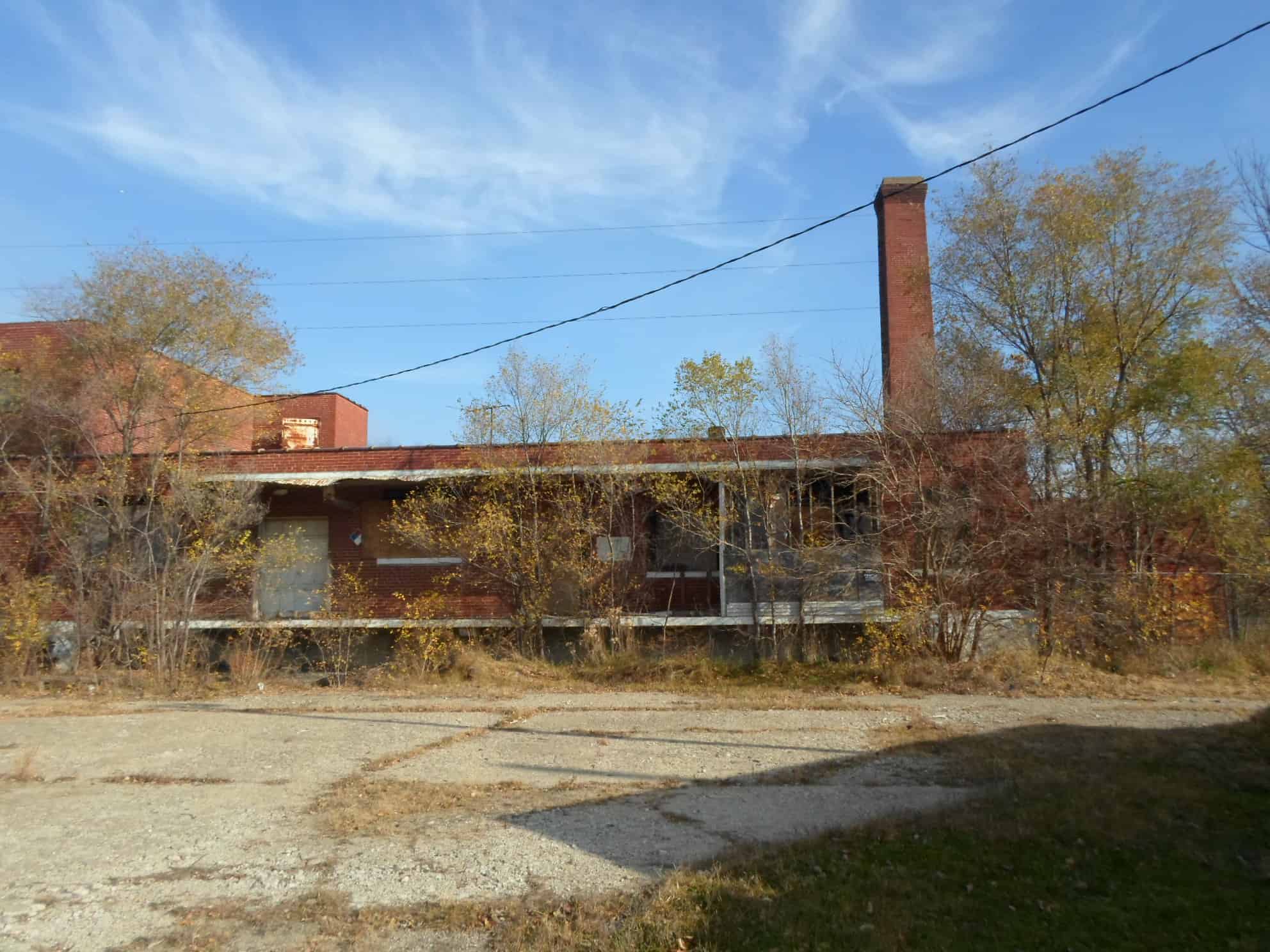
Steps in Brownfield Redevelopment: Environmental Site Assessments
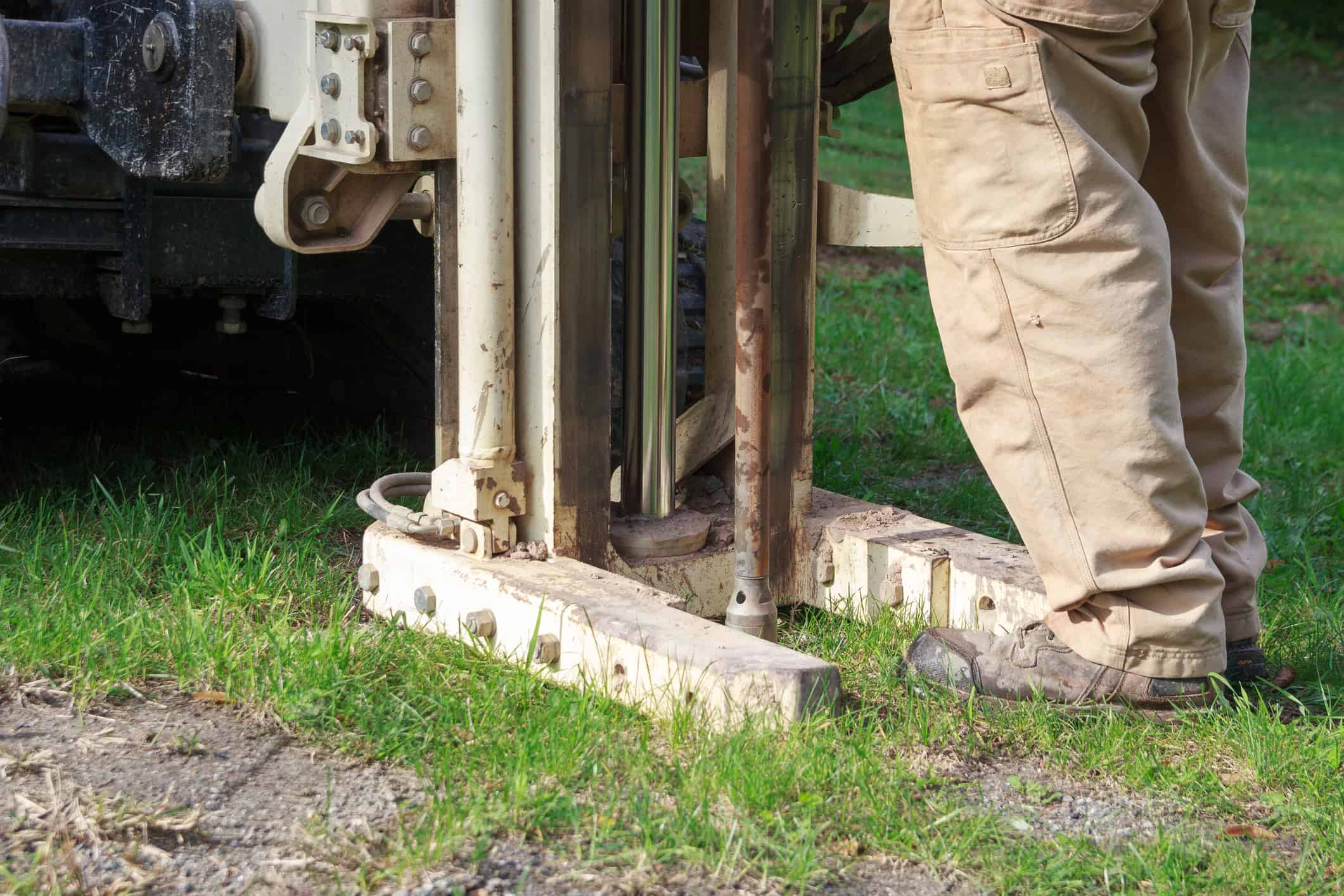
Redeveloping Brownfield sites can be a challenging undertaking due to the potential harm that hazardous substances, pollutants, or contaminants may have on environmental and community health. A thorough site assessment must be performed to gain an understanding of all potential impacts associated with these complex spaces.
What are Brownfield Environmental Site Assessments?
Environmental Site Assessments (ESAs) are specialized investigations conducted on commercial and industrial properties to answer questions about the potential presence of contamination. ESAs are often completed to satisfy the due diligence component of real estate transactions, such as a refinancing or the transfer of ownership.
There are different types of Brownfields ESAs and several funding options available. HR Green’s experienced environmental staff helps our clients navigate each step of the process.
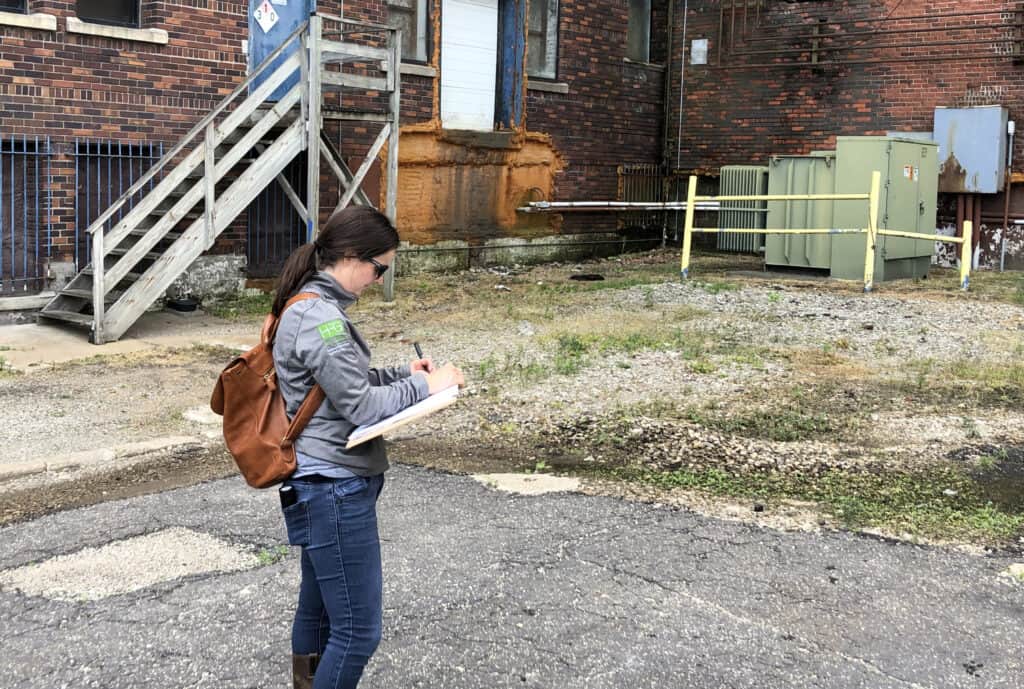
What is a Phase I ESA?
This non-intrusive investigation represents the first step in evaluating a property. It involves an environmental professional (EP) conducting the following activities:
- Reviewing Historical Records. Aerial photography, city directories, fire insurance maps, and topographic maps help the EP piece together how a targeted site and surrounding area were used over time.
- Reviewing State and Federal Environmental Databases. Regulatory records provide the EP with an overview of how industries operate and dispose of their hazardous substances/petroleum products.
- Conducting Interviews. Talking with individuals familiar with a targeted site, such as a current owner, property manager, or local official, assists the EP in better understanding site operations through the collection of anecdotal information and/or permits.
- Conducting a Site Visit. This process allows an EP to visually inspect the targeted site and surrounding area for indications of past or threatened releases into the environment.
The EP compiles this information into a report. If a possibility for impact exists, a Phase II ESA may be completed to evaluate its extent and nature.
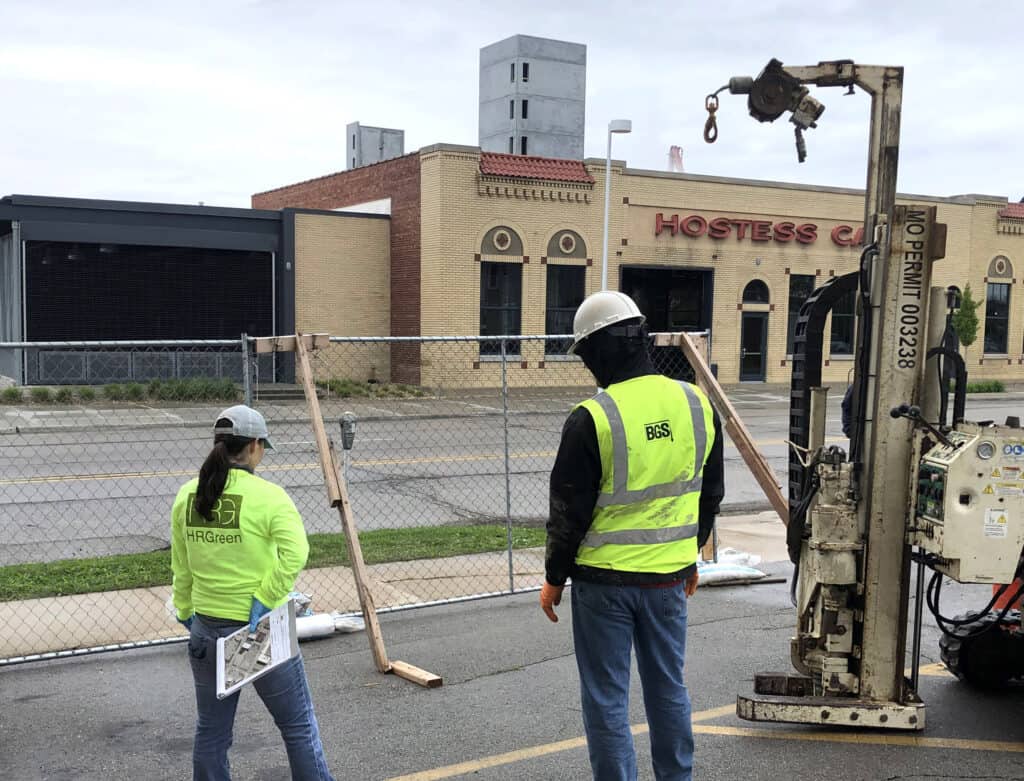
What is a Phase II ESA?
This type of investigation involves collecting groundwater, soil, vapor or air, and/or building material samples to determine the presence of contaminants. Sampling parameters, locations, and media are determined using information obtained from the Phase I ESA. Results are compared to applicable threshold values such as statewide standards, site-specific standards, or regional screening levels to determine appropriate next steps based on the planned use of a targeted site. Special consideration is given to exposure risks for future users, such as residents, commercial employees, or construction personnel. If samples are found to have higher than acceptable contamination levels, cleanup may be necessary.
Other solutions may include the implementation of deed restrictions, such as a prohibition of private drinking water wells or residential reuse, or the use of engineering controls like the intentional placement of paving for capping purposes. Our team will work with you throughout the entire process to help address your needs.
Is funding available to offset costs associated with ESAs?
Resources are typically available for cities, counties, states, regional councils, redevelopment agencies, and 501(c)(3) non-profit organizations on a competitive basis to assist property owners in completing environmental investigations. HR Green can work with your community to determine its eligibility for accessing these Brownfields Assessment Grants. Since 2000, our environmental team has written 40 successful U.S. Environmental Protection Agency (EPA) Brownfields applications resulting in 60 individual grants that leveraged $14.6 million. This includes a 100% success rate since Federal Fiscal Year (FFY) 2019. We also frequently secure state funds on a project-specific basis to supplement efforts.
The HR Green Team has helped the City of Waterloo navigate some grant funding sources, been our lead consulting team for numerous EPA Assessment Grants, as well as sitting down with us to brainstorm redevelopment options on some blighted sites. Their leadership, experience, and knowledge have helped the City of Waterloo produce many positive projects for the City of Waterloo.
Noel Anderson | City of Waterloo
Our team at HR Green helps navigate the development of Brownfields sites from start to finish. Connect with Rose Amundson or Steve Prideaux to schedule an appointment today and get started planning your project.
Subscribe to HR Green Insights
We're dedicated to providing up-to-date knowledge and insights about the topics that matter most to you. We know how busy you are, so we will keep this simple, covering just one topic per email. Once you've subscribed, you can easily customize your preferences to receive only the updates relevant to you.


